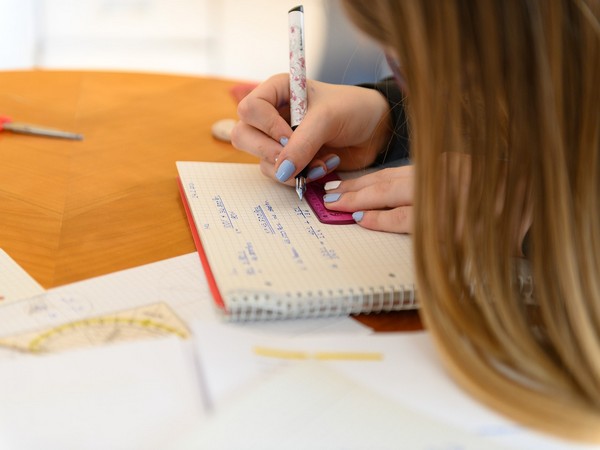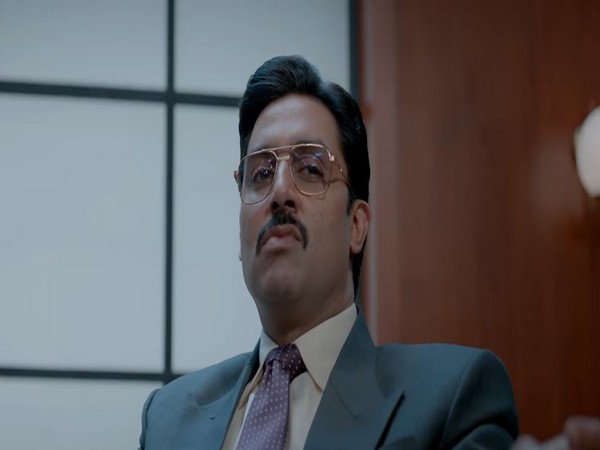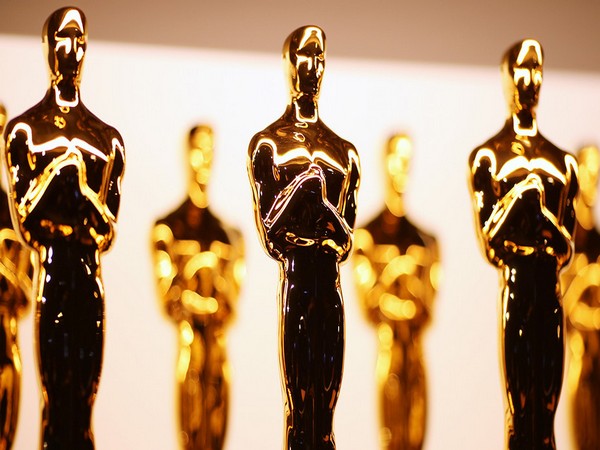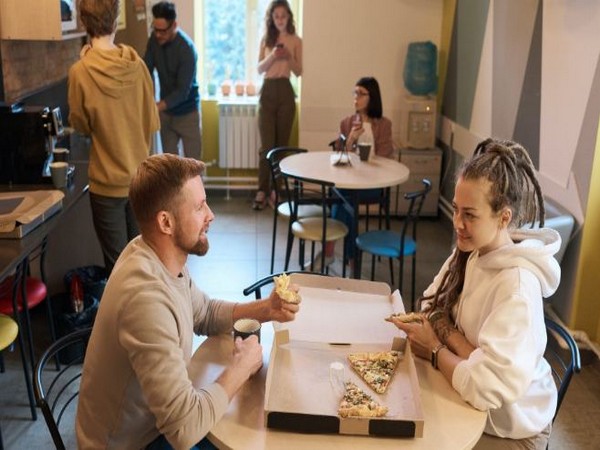Lifestyle & Entertainment
Hailey Baldwin opens up about her one tattoo regret

The Daily Guardian is now on Telegram. Click here to join our channel (@thedailyguardian) and stay updated with the latest headlines.
For the latest news Download The Daily Guardian App.
Lifestyle & Entertainment
Stronger brain activity after writing on paper than smartphone, finds study
Lifestyle & Entertainment
‘The Big Bull’: Abhishek dreams to become ‘India’s first billionaire’ in powerful trailer
Lifestyle & Entertainment
Karisma Kapoor shares glimpse from ‘fam jam’, posts fun video
Lifestyle & Entertainment
Oscar nominees won’t have the option to participate remotely: Producers
Lifestyle & Entertainment
How ‘quick breaks’ reduce stress at work
Lifestyle & Entertainment
I WAS ELATED TO BE WORKING IN A SANJAY LEELA BHANSALI FILM: JHATALEKHA MALHOTRA
-

 Opinion5 months ago
Opinion5 months agoSouth Block’s mistakes will now be corrected by Army
-
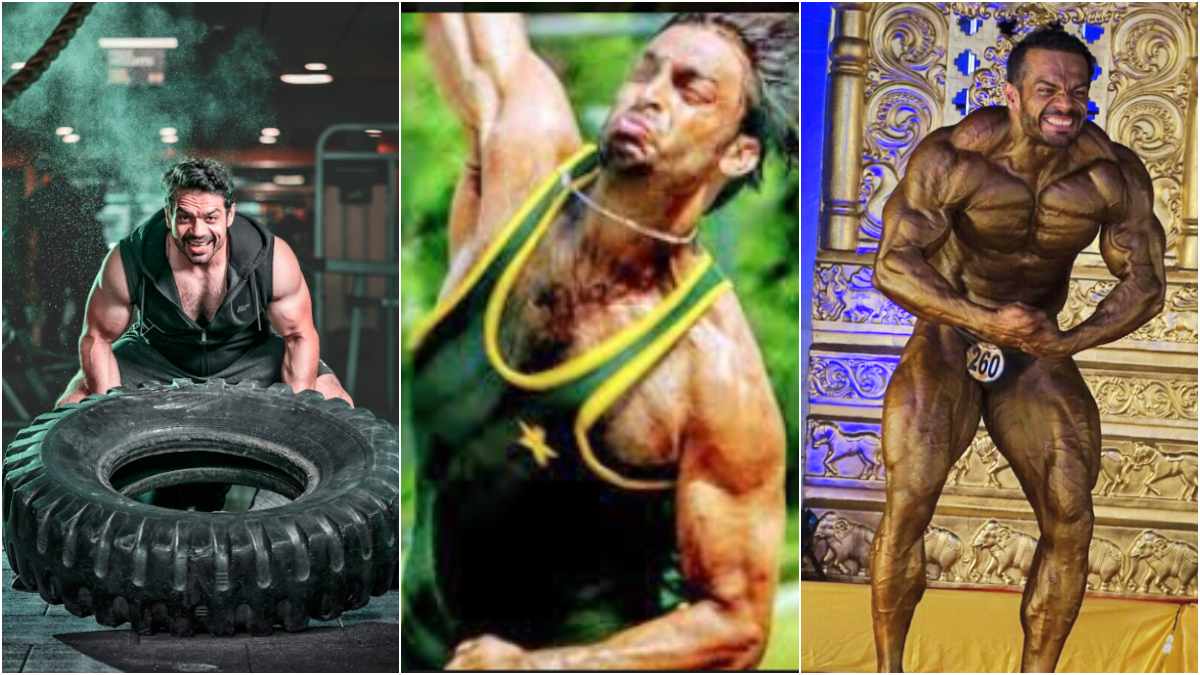
 Sports8 months ago
Sports8 months agoWhen a bodybuilder breaks Shoaib’s record
-
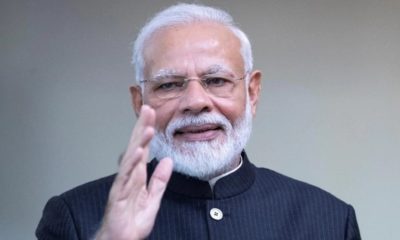
 News11 months ago
News11 months agoPM Modi must take governance back from babus
-
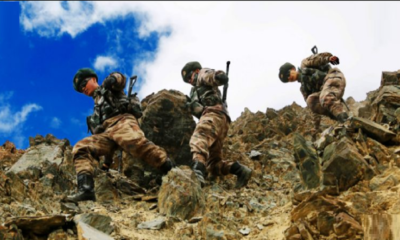
 News9 months ago
News9 months agoChinese general ordered attack on Indian troops: US intel report
-

 Sports8 months ago
Sports8 months agoWest Indies avoid follow-on, England increase lead to 219
-

 Defence9 months ago
Defence9 months agoGALWAN: CHINA’S INFORMATION WAR
-

 News8 months ago
News8 months agoThings don’t add up in Sushant’s suicide: Swamy
-
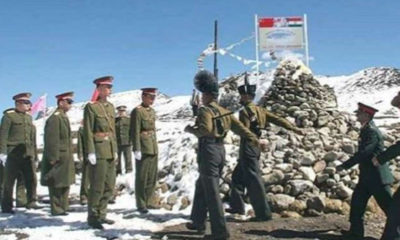
 Defence6 months ago
Defence6 months agoSino-Indian logjam: Facts, risks, options and the sum of all fears


